Scientists and researchers can spend years, even decades to solve an elusive medical mystery.
And sometimes, it just takes a stroke of good luck for them to achieve a level of success they've never imagined was possible.
If it weren't for happy accidents, many of the world's innovations might not have been possible.
Curious to hear examples of these throughout history, Redditor Inside-Line asked:
"What are some discoveries or inventions that were stumbled upon purely by chance and would still likely be undiscovered today if not found through sheer luck?"
The world changed thanks to these discoveries.
The Idea Stuck
"Most of the major ones honestly would have been discovered one way or another sooner or later, so I'm got to say something a little more obscure:"
"There was once a dude who had the idea for a universal glue, one that would stick to anything - glass, wood, plastic, metal, any two solids that needed to be glued together. A lot of experimentation ensued; many convincing combinations of ingredients were tested, most subsequently rejected. Eventually, one substance was discovered."
"Would it stick to metal? Check.
Glass? Check.
Paper? Check.
Plastic? Check.
Wood? Check.
Ceramics? Check.
Skin even?? Still Check!"
"And this glue was not only nigh universal, but the connection was instant, and the glue did not degrade by being exposed to air. And the connection it formed had the strength of... a wet tissue..."
"It was sticky all right, but rather useless for holding anything much heavier than a piece of paper, and even that could be trivially pulled off by a young child. It was absolutely useless for anything that wanted to be secured. No amount of tampering would make this glue strong enough to be used for anything that wanted to stay glued."
"One quick rebranding later and the Post-It note was born."
"Edit: thanks to a kindly Redditor below, who provided a link to the official story: https://post-it.3m.co.uk/3M/en_GB/post-it-notes/contact-us/about-us/"
– AutisticPenguin2
Posthumous Success
"Oh I study math history, I can share some fun ones! Niels Abel is famous for a few things in mathematics, but the easiest one to explain is that he proved there does not exist a general formula to find the solutions to a polynomials where the highest exponent is 5 (i.e. there's no general formula to find all the solutions to something like x5 + x + 1 = 0)."
"There's the quadratic formula for when your highest exponent is 2, there's another formula for when your highest exponent is 3, and another for 4, but Abel proved it's impossible to find one when the highest exponent is 5 or higher. It basically depends on the idea that some algebraic numbers cannot be simply represented with +, -, *, /, or exponents."
"Now Abel proved this when he was 21, but Abel grew up in poverty and had no way of actually sharing this solution with others. In fact, the only reason he was able to attend college was because 3 professors offered to cover the cost because they recognized his talent."
"He could only afford to print 6 pages of his proof, so he had to heavily abbreviate everything, cut large chunks of his proof, and wrote it all in shaky French (since Norwegian isn't a common language and he wanted to share it with other mathematicians in Europe)."
"He ends up mailing a few copies of this proof to a few mathematicians, but all of them dismiss it because it'd be an outlandish claim and nobody wanted to parse this difficult-to-read proof. In fact, Abel's letter was found unopened on Gauss's desk after Gauss died."
"So despite proving this major result, nobody knew about it except for Abel and the small group of mathematicians around him in Norway."
"The professors at his university petitioned the government to help fund his travel around Europe to learn more math and share his work and surprisingly, the government decided to fund him. While in France, he stumbled across this guy named Crelle. Abel struck up a conversation with Crelle about math and they both started talking about unsolved problems."
"Crelle mentioned this problem about polynomials and Abel excited mentions that he solved that problem and showed him his proof. Crelle obviously couldn't make sense of Abel's proof, but he was so captivated by his conversation with Abel, he offered to print Abel's full proof."
"This print would later turn out to be the first publication by Crelle's Journal, one of the most influential journals in mathematics in all of European history. With this, people began to finally learn about Abel's proof and he began to gain some notoriety."
"Unfortunately, this would not end well for Abel. Abel submits another major result (Abel's theorem) to this major publication in Paris, where a committee is formed to review the submission. Unfortunately, one of the reviewers, Cauchy, just straight up loses the paper."
"Abel, running out of funding for his travels, is forced to return home with no success on this publication. He also loses out on a major job opportunity that could've taken him out of poverty, all because he was deemed too young and his childhood mentor and friend, Holmboe, gets the job instead. He ends up dying of TB just a few years later at the age of 26."
"Afterwards, another mathematician, Jacobi, is reading some of Abel's work and notices how great his work is. When he learns Cauchy lost Abel's paper, he pressures Cauchy to find this paper. Cauchy sends the paper off to be published posthumously, but it is lost at the printing press."
"It wouldn't be found for over 100 years later, in a whole other country somehow. Thankfully though, Holmboe published Abel's work separated to help share all of Abel's results and not let others forget him."
"Abel's life is full of misfortune, but also great friends trying their hardest to share their friend's greatness. While Abel doesn't end up succeeding during his life, I can't help but enjoy seeing how much all of his friends cared about him, and his own ability to make friends randomly with so many people."
"Abel today is commonly mentioned in any undergrad group theory course because of how influential his work is on modern algebra. Without the help of people like Crelle, Holmboe, and Jacobi, we wouldn't be recognizing this work today."
– dancingbanana123
There was no way these could've been planned.
Things Are Looking Up
"The current use for Viagra. It was originally meant for high blood pressure, then the men in the study noted a side effect."
– October1966
"IIRC, while effective at lowering blood pressure, it was in a weird place where it was better than a placebo, but worse than actual blood pressure medication."
"However, its still sometimes prescribed to help control blood pressure."
– Seconc-Creative
Desired Music Effect
"Here's one that most people won't know : an audio effect called Gated Reverb. It was an accidental discovery made by Phil Collins and Hugh Padgam while they were working on Peter Gabriel's third self-titled album in 1980."
"The effect thickens up the sound of the drums considerably by applying, in order, a reverb, a gate and a compressor. It was the result of the studio having a natural reverb, and the intercom between the studio and control room having a gate and compressor on it to make it more usable."
"While the effect was used on Gabriel's album, it became truly known a year later, when Collins released his first solo album, Face Value, which opens with In The Air Tonight. The effect is what makes the crescendo of that song so stunning, in contrast to the comparatively dull sound of a Roland CR-78 that was the sole percussion in the track up to that point. "
– Phreakiture
Dropping The Noodle
"I’m not sure if this counts, but Tetsuhiro Shikiyama (founder of Nippura, the company that makes thick acrylic glass for aquariums) invented the tech that glues/fuses multiple layers of clear acrylic when he dropped a udon noodle he was eating on some acrylic and had a hard time picking it up because it stuck."
– P1zzaman
Solidifying Solution
"Rubber vulcanization. Charles Goodyear has searched for years how to make a use of rubber but the actual discovery of the vulcanization came out of luck after spilling a mixture on a hot stove."
– Winter-Appearance-14
See Into You
"It's unlikely it would have remained undiscovered forever, but X-rays for medical imaging!"
"The first x-ray image was an accidental exposure of a photographic plate the scientist's wife was holding - they didn't realise the rays would interact with it like visible light, and when they developed it her bones and wedding ring were visible."
"(This may have been the first clue they needed some safety precautions, too, but honestly all the early research into ionising radiation is terrifying. They didn't know what they were dealing with. The Curie's lab/offices are still tightly controlled due to all the radium and polonium contamination, for example.)"
– quiidge
Bit Bubbly
"Champagne. At least according to Stanley Goodspeed in The Rock - 'monks thought they were making white wine. Somehow the bottle carbonated. Voila**, champagne.'"
– ZubLor
Psychedelic Haze
"Im surprised I haven’t seen this one yet, but LSD was discovered on accident. Or at least its psychedelic effects were. In 1938 a chemist named Albert Hoffman who worked for a pharmaceutical company was trying to synthesize a respiratory and circulatory stimulant from the fungus ergot."
"After syntonization, he set it aside for 5 years before he took another look at it and absorbed the LSD into his fingertips. He started feeling the effects as he rode his bike home that day. Essentially being the first person to trip on Acid."
– Roast_Chikkin
I'm sure it was planned all along, but whoever decided to make Reese's peanut butter cups should win the Nobel Prize.
I've always imagined the delectable mashup happened as it did in the old commercials, where one person licking peanut butter turned a corner while walking on the sidewalk and bumped into someone who was eating chocolate.
The result of the collision was the perfect combo snack we know and love today.

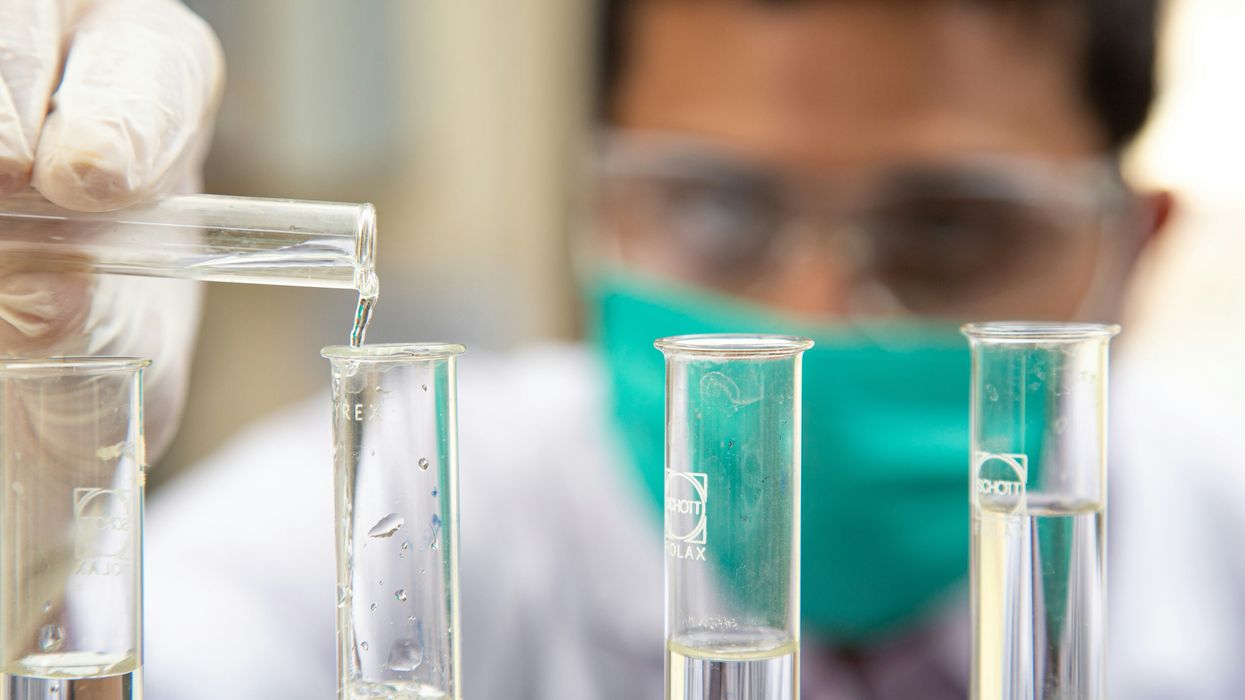

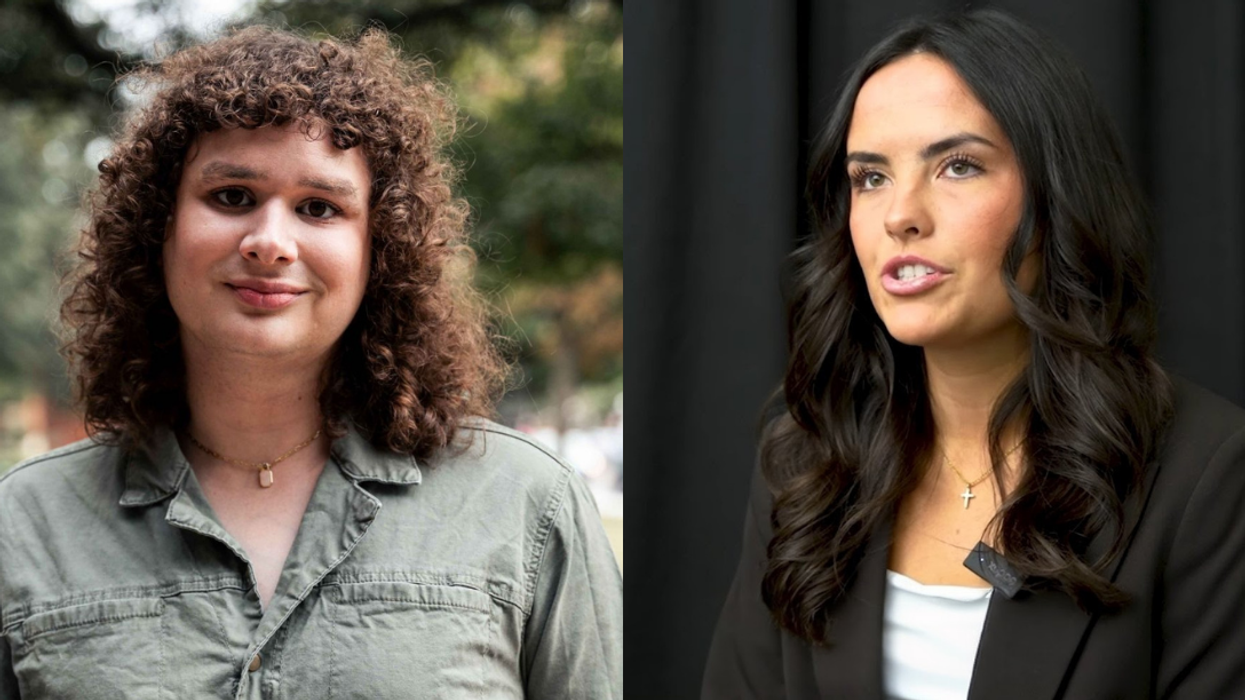

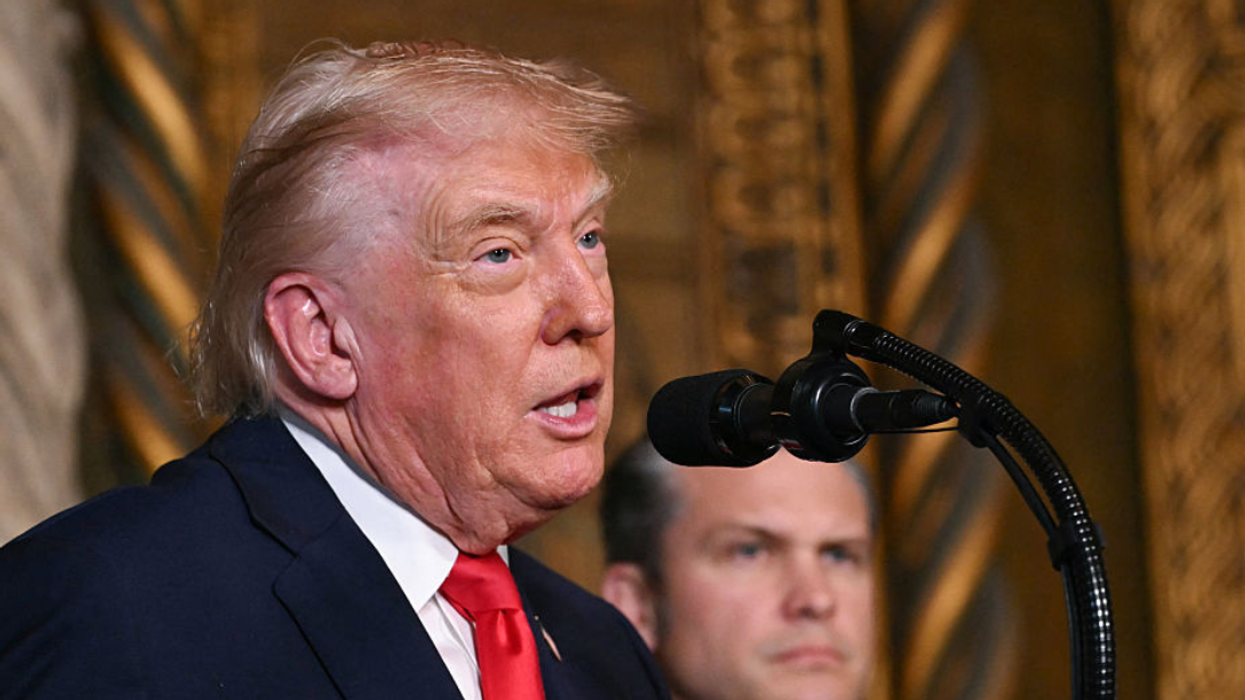
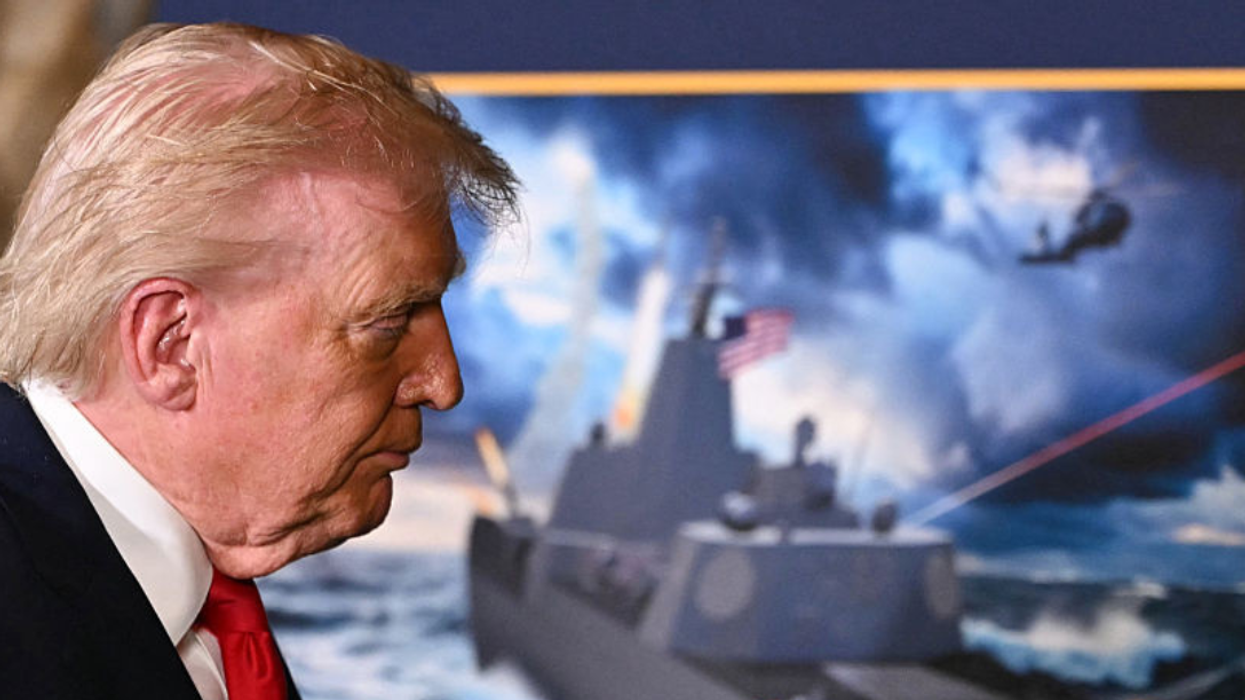
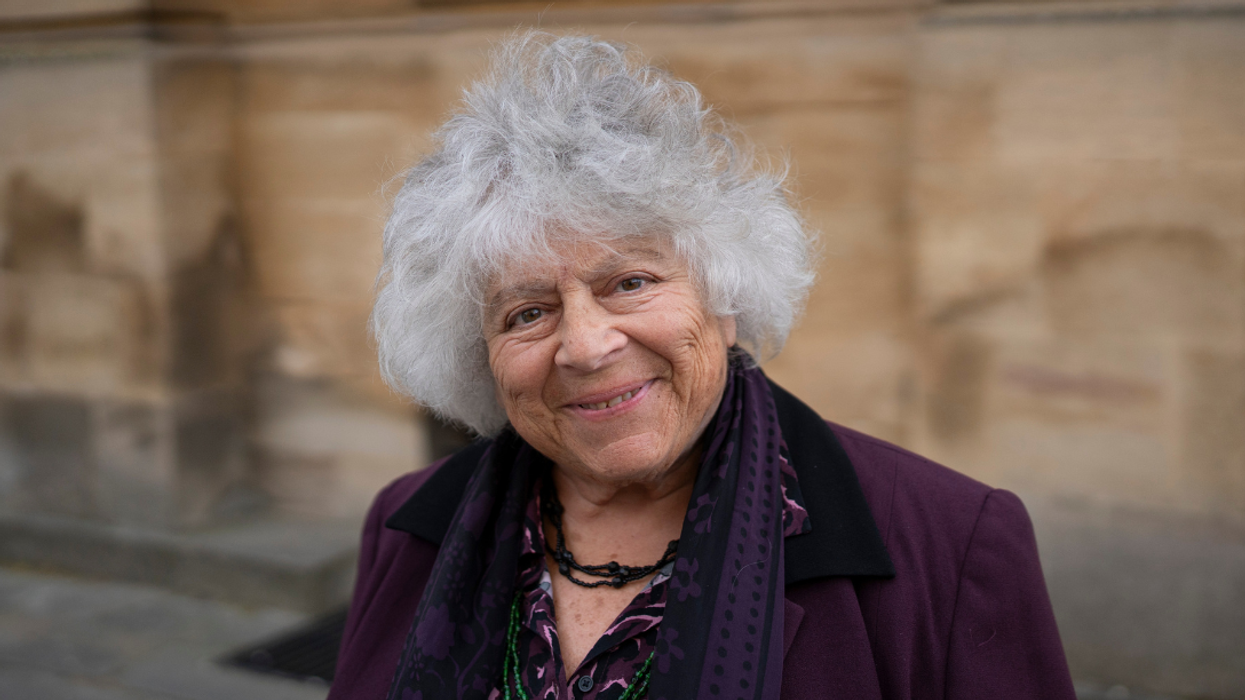
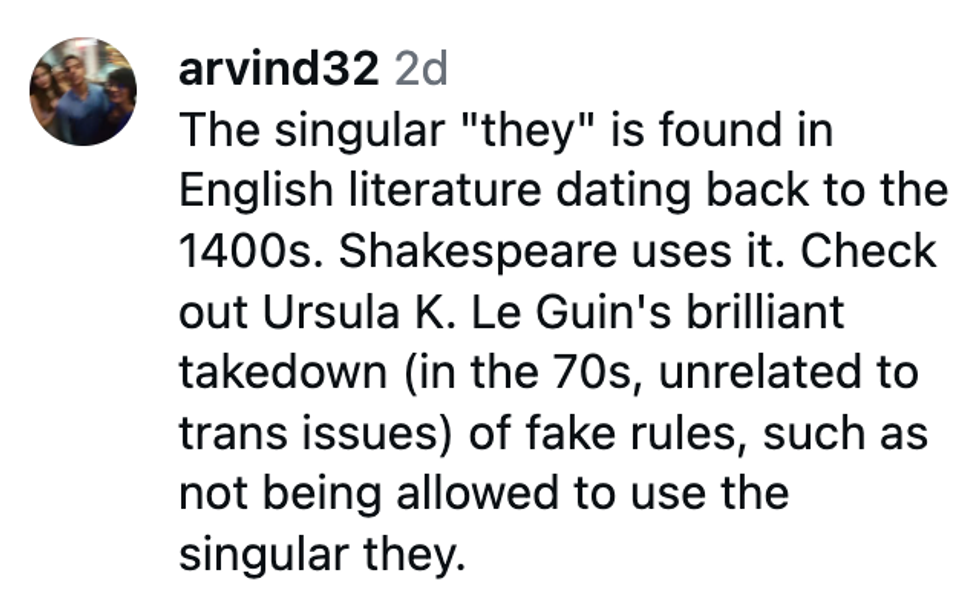
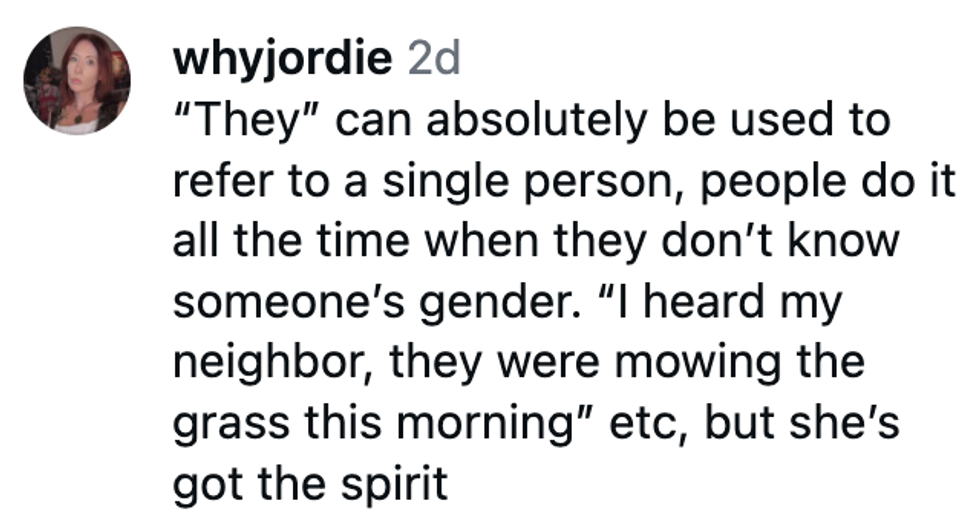

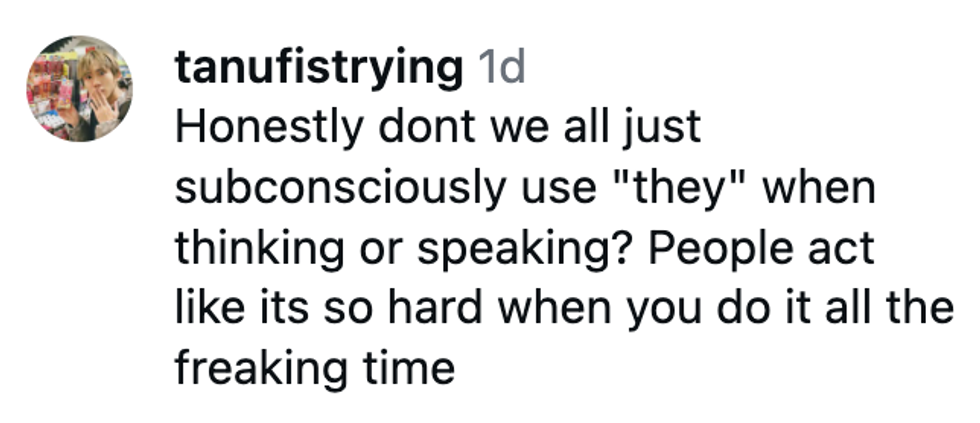
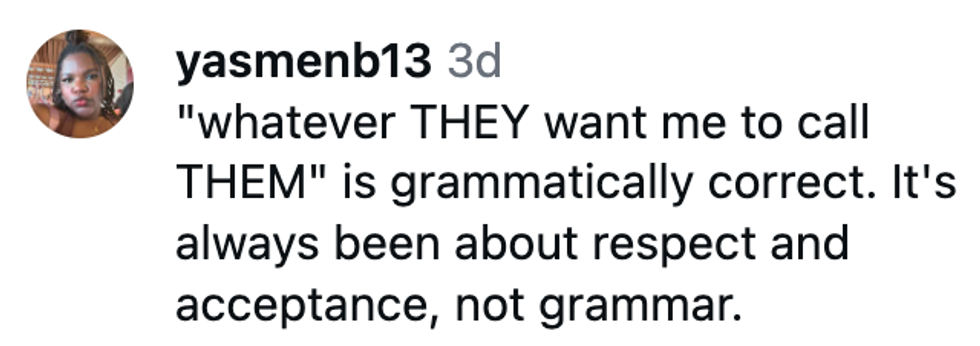

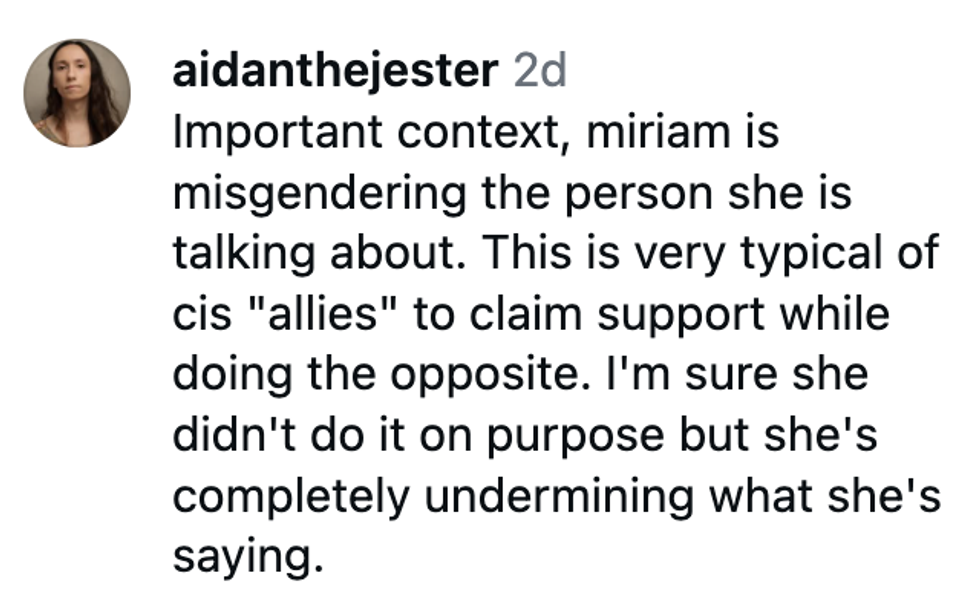







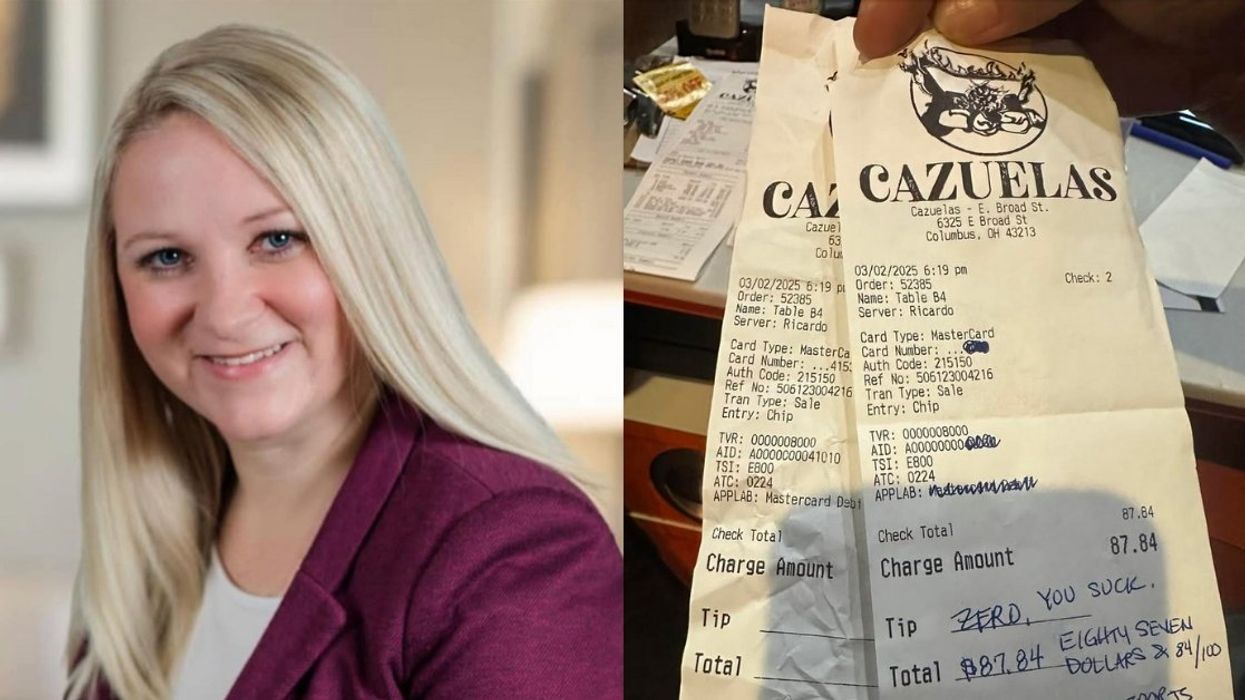
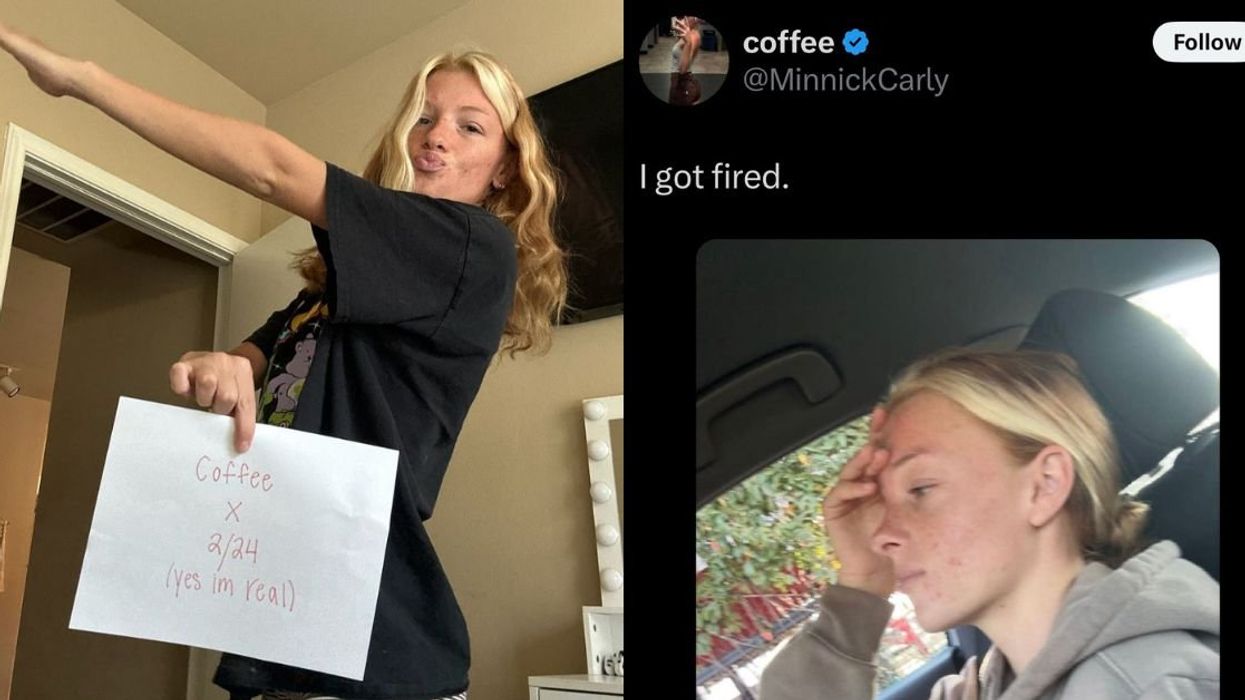
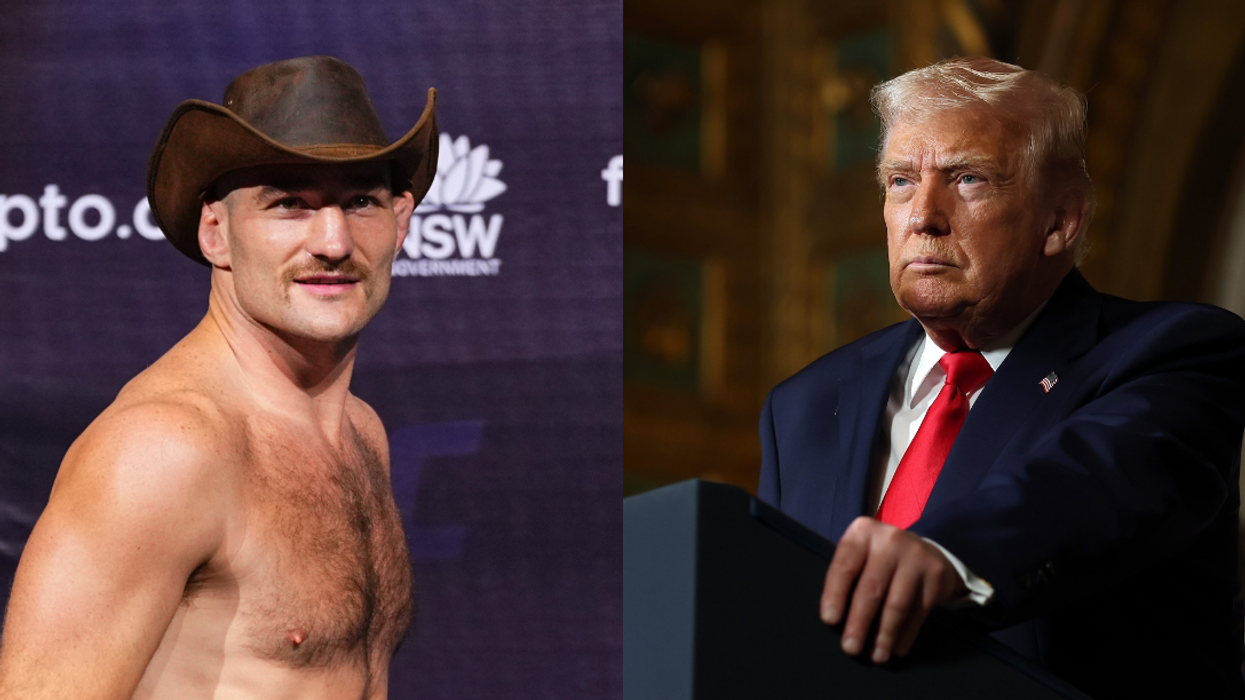


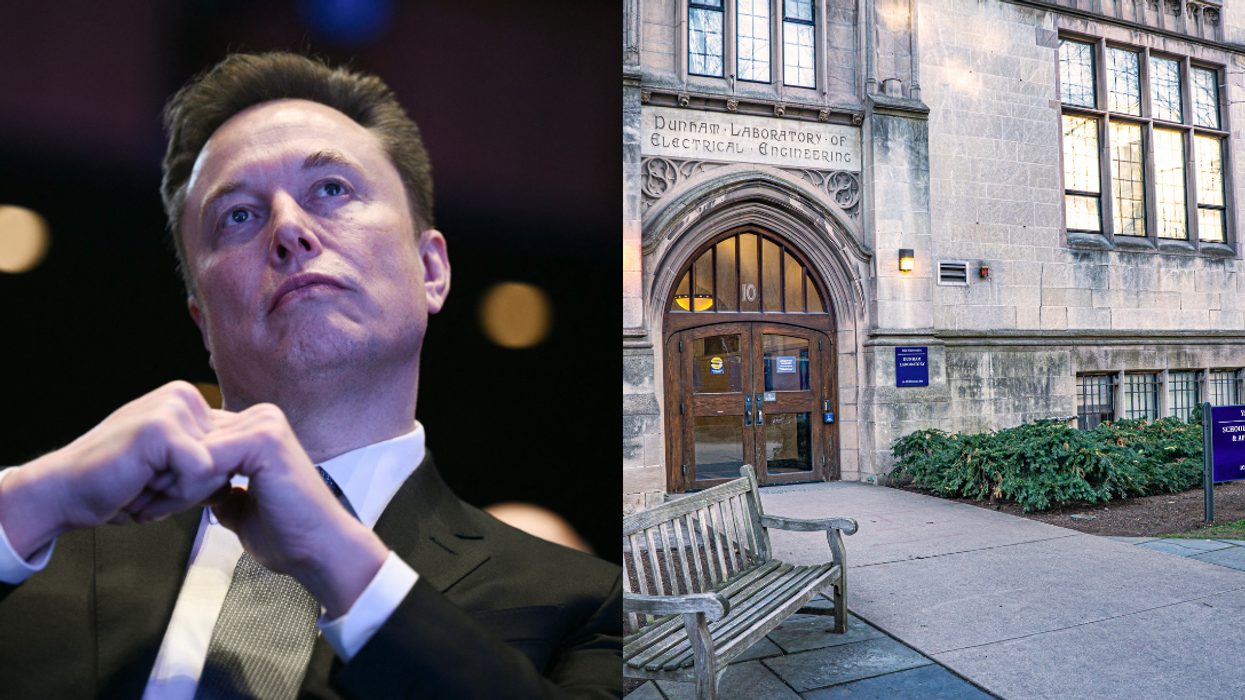
 replying to @elonmusk/X
replying to @elonmusk/X replying to @elonmusk/X
replying to @elonmusk/X replying to @elonmusk/X
replying to @elonmusk/X replying to @elonmusk/X
replying to @elonmusk/X
 Barry Manilow/Facebook
Barry Manilow/Facebook Barry Manilow/Facebook
Barry Manilow/Facebook Barry Manilow/Facebook
Barry Manilow/Facebook Barry Manilow/Facebook
Barry Manilow/Facebook Barry Manilow/Facebook
Barry Manilow/Facebook Barry Manilow/Facebook
Barry Manilow/Facebook Barry Manilow/Facebook
Barry Manilow/Facebook Barry Manilow/Facebook
Barry Manilow/Facebook Barry Manilow/Facebook
Barry Manilow/Facebook Barry Manilow/Facebook
Barry Manilow/Facebook Barry Manilow/Facebook
Barry Manilow/Facebook